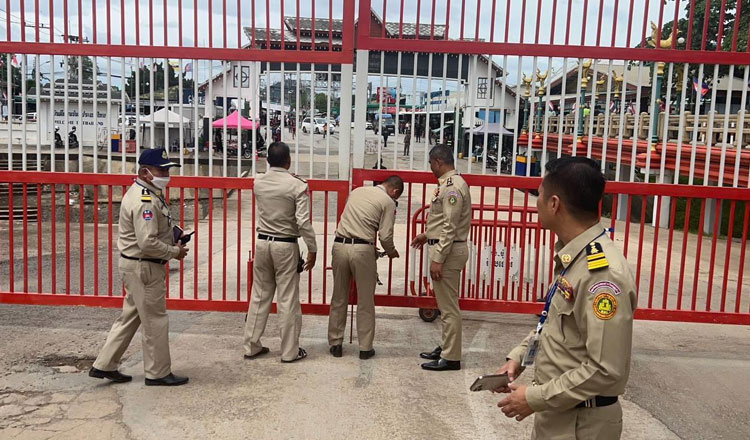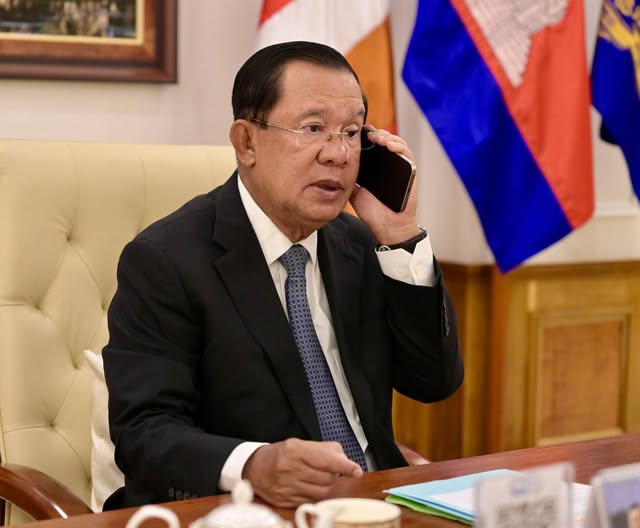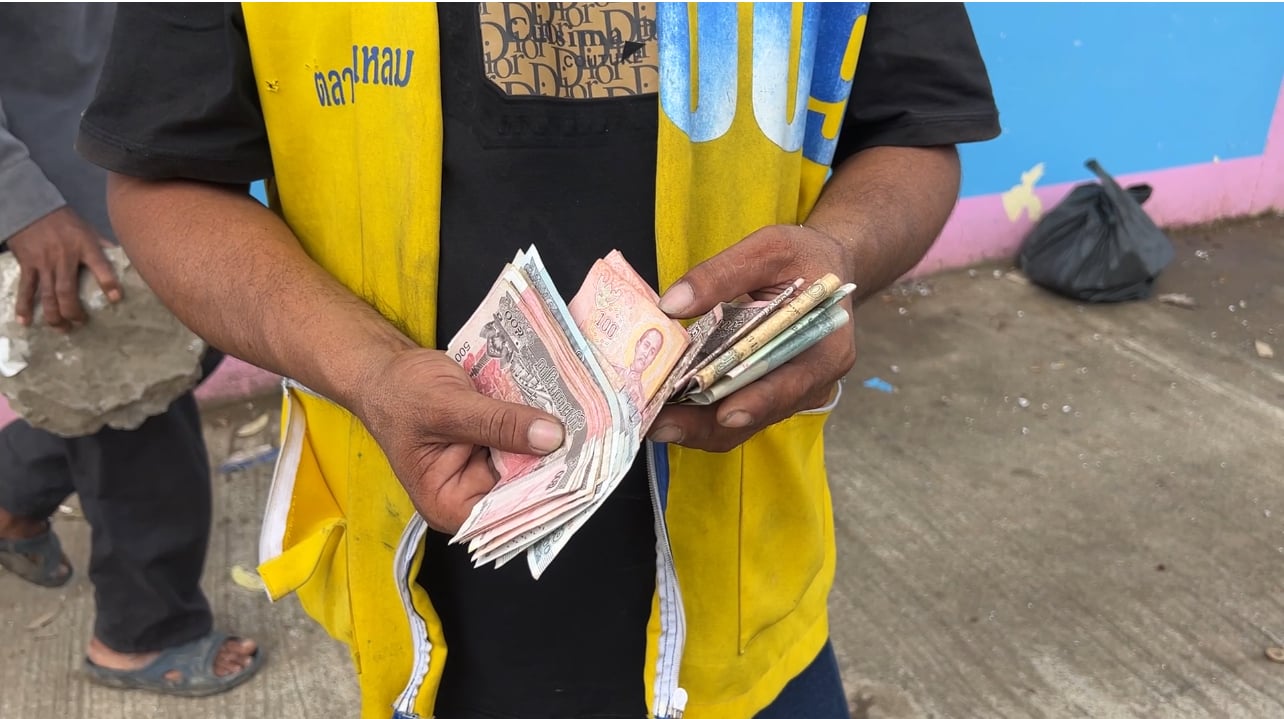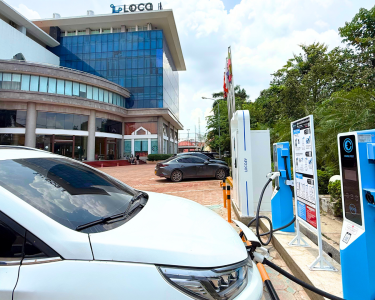Cambodia Investment Review
According to local media reports, the Cambodian riel is rapidly becoming the dominant currency at the Daung International Border Gate in Battambang province, as traders, service providers, and travelers increasingly favor the local currency over the Thai baht in daily transactions.
Located about 80 kilometers from Battambang city, the Daung crossing serves as a key gateway for trade and travel between Cambodia and Thailand. While the baht has traditionally circulated in the border economy due to cross-border trade and tourism, recent months have seen a notable shift toward riel-based payments — a change accelerated after Thailand’s unilateral closure of the gate in June.
Riel Replaces Baht in Border Transactions
Local businesses near the border, including restaurants, currency exchange booths, and transport services, have reported a surge in riel transactions. Price tags, menus, and exchange boards are now mostly displayed in riel, reflecting the growing confidence and convenience associated with Cambodia’s national currency.
Read More: Opinion: Unlocking Cambodia’s Borders – Turning Barriers into Bridges
Sellers cite simplicity and stability as key reasons for the transition, noting that calculating payments in baht often requires conversions that complicate daily transactions. The widespread use of the riel has made payments more straightforward, particularly among local customers and returning migrant workers who previously used baht.
Currency exchange operators in the area said that while baht is still occasionally used to purchase Thai goods, most local spending on food, beverages, and basic necessities is now conducted in riel. Many businesses have actively encouraged customers to use the national currency, viewing it as a contribution to Cambodia’s economic stability and sovereignty.

Long-Term Push for Monetary Confidence
The trend aligns with the National Bank of Cambodia’s long-standing efforts to promote riel usage nationwide. Since the early 2000s, when macroeconomic stability returned to the country, the central bank has pursued a “rielization” strategy aimed at strengthening the currency’s role in pricing, payments, and savings.
Over the past two decades, the riel’s circulation volume has steadily increased, supported by public trust and government-led campaigns encouraging local currency adoption. The bank’s past studies, including a joint report with the Japan International Cooperation Agency (JICA) in 2017, identified the riel as playing a vital role in rural economies, serving as a primary medium for income, spending, and savings.
Officials and economists have long argued that wider use of the riel enhances Cambodia’s economic resilience by reducing reliance on foreign currencies and supporting domestic monetary policy.

Hun Sen Calls for Stronger Currency Use
The growing preference for the riel also follows comments from Senate President Hun Sen, who recently called for stricter enforcement against illegal imports from Thailand during the border closure. He urged authorities to crack down on smuggling and corruption, warning that continued reliance on Thai goods could create the impression that Cambodians cannot sustain themselves without Thai imports.
Hun Sen also applauded citizens in border regions such as Poipet who have begun exchanging baht for riel since early October, describing the trend as a positive step toward national financial independence. He warned that holding or transacting in Thai baht could expose Cambodians to potential risks, especially given recent restrictions faced by workers and business owners unable to withdraw their funds from Thai banks.
He further urged money changers to offer fair exchange rates and vendors to price goods in riel or U.S. dollars rather than baht, framing currency use as a matter of national pride and sovereignty.
As the riel continues to gain traction across border areas, analysts note that the shift marks not only a symbolic milestone for Cambodia’s monetary independence but also a practical move toward a more unified domestic economy.





